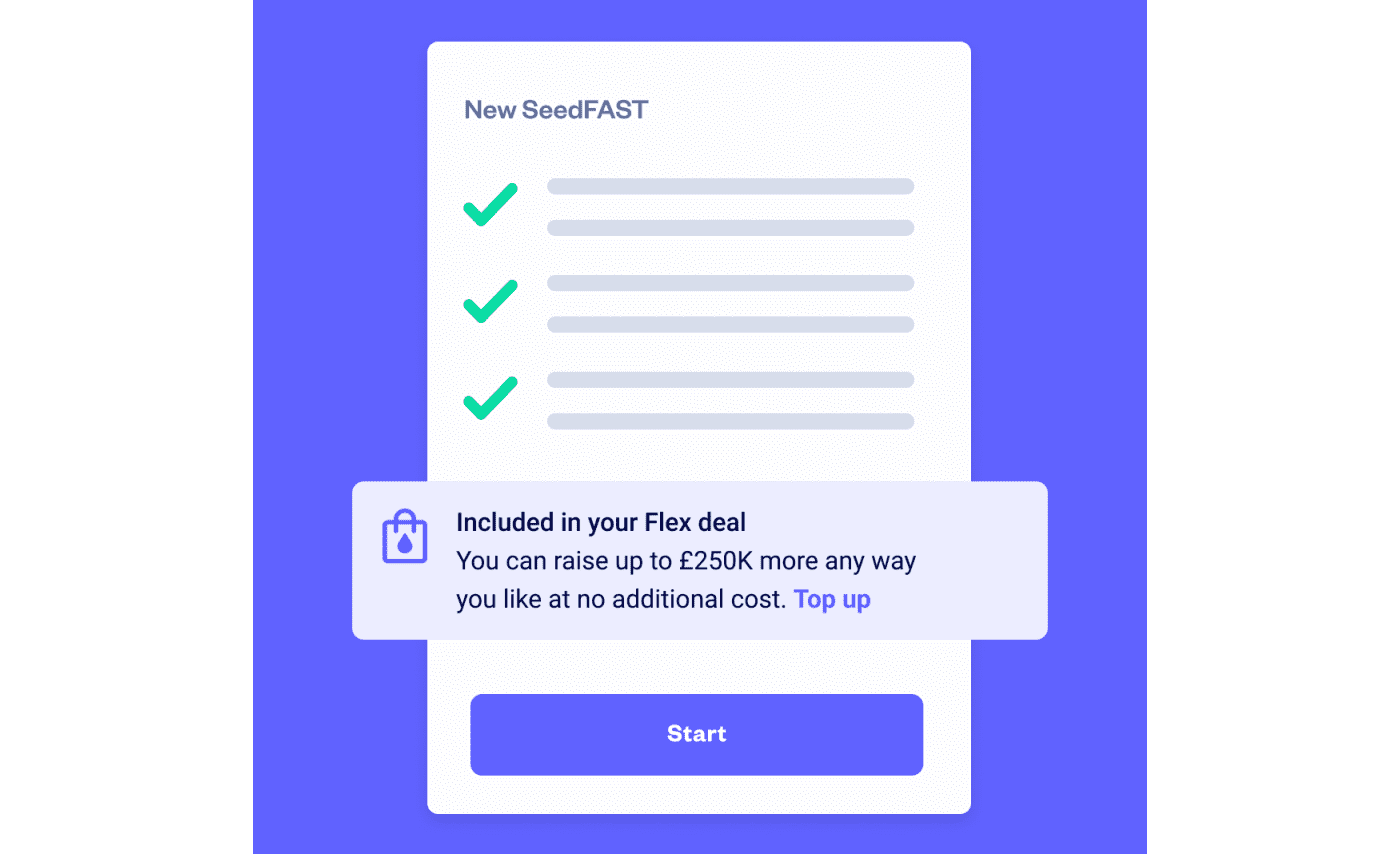SeedNOTE: the flexible way to raise in uncertain times
It’s now more important than ever that companies can raise funds quickly and flexibly. That’s why we’re pleased to annou...
A convertible loan agreement allows you to take a cash loan from investors, which can be turned into equity at a later date.
In this article, we’ll break down the key things you need to know about convertible debt and how to use our own version of the agreement, the mighty SeedNOTE.
A convertible loan note is a short-term debt instrument. Often, when people talk about convertible notes they actually mean a convertible loan agreement, so it’s worth starting by getting the terminology straight.
A loan note is, essentially, a security. To create this security, the company will put in place a set of terms on which it is ready to borrow money. For example, the company can create 10 notes of £1,000 each in the hopes to raise £10,000, and it will describe the terms of issuing these notes in a ‘convertible loan note instrument’. One or more investors will then be able to buy (or subscribe to) the notes by sending the money and getting a note certificate in return. The note certificate proves their right to either get the money back or have the loan converted into the shares in the company, depending on the terms of the note.
A loan agreement is a contract between the company and an identified investor (or investors), which means that there is no need to create any ‘notes’: all the terms are found right there, in the agreement.
So, loan notes and loan agreement are simply different forms of an arrangement where the company borrows cash, on the terms that have been set by it and accepted by the subscribers (note) or agreed between the parties (agreement). In startup financing, it is common for this debt to be convertible into shares.
Depending on its terms, the convertible debt can be converted into shares when certain events occur, typically at the next funding round. But it can also be ‘redeemed’, which means that you need to repay the investment amount in full, with the agreed interest, if any.
Convertible loans can be a useful way for early-stage startups to raise capital. Investors might be more willing to take a chance on an interesting, promising but inexperienced company, because the option to get their money back is built into the agreement.
Gabriela SuarezSeedNOTEs are a win-win for some investors. Where investors are more risk averse (maybe because they’re not so sure about the traction of the company) they may want the option of getting their money back.
With a SeedNOTE, the investor has the opportunity to get their money back, or have it convert to equity.
Agile investment expert,
If the company does well, the investor gets equity (often at a discount) in a fast-growing company. If the company underperforms and doesn’t hit the negotiated milestones (eg, a successful funding round), the company pays back the money.
At its simplest, the convertible loan works as an IOU to investors for shares at a future funding round. If the company successfully raises a funding round of a predetermined amount before the maturity date, the debt automatically converts into shares.
You and your investor will need to agree on all the terms under which the debt turns into shares. Typically, the triggers for turning debt into shares include:
The convertible loan agreement will also specify the circumstances in which the debt needs to be repaid. Typical terms that trigger repayment of the loan include:
💡 Read more: When will a SeedNOTE convert and when does it need to be repaid?
Now let’s look at the other terms you’ll need to specify in the agreement:
To sweeten the deal for investors, you can offer a discount on shares to investors who come in early via a convertible loan. This would mean that their debt converts at a lower price-per-share than that paid by new investors in the round. On SeedLegals, the most common discount to offer is 10 to 20%.
A valuation cap – ie, a maximum price per share at which the debt converts – allows investors to benefit more if the company’s value turns out to be higher than anticipated in the next round of funding.
You would typically set the cap to the expected valuation of the company at your next funding round.
If you don’t raise a new funding round before the maturity date, then this is the valuation at which the debt will convert. It’s important to choose this valuation carefully or you could end up giving away a lot of equity.
You might for example set the maturity valuation to the valuation of your last funding round, or perhaps pick a valuation halfway between your previous valuation and your expected next valuation at your next round.
Interest is another way that some investors might seek to de-risk their investment. The debt tends to accrue interest over time until conversion or the maturity date.
With the SeedLegals SeedNOTE, you can specify whether your company pays this as a lump sum after the maturity deadline or periodically over the term of the loan.
As part of the agreement, you should specify what amount constitutes a new funding round. This avoids every small incoming investment triggering the conversion into equity.
Convertible loans give investors specific protections and a way to secure a discount on a future funding round.
Convertible loans can be a powerful tool for fast, agile fundraising.
A CLN can be a flexible way to raise funding – but to get the best outcome for your startup, it’s important to understand how the different terms work in practice.
Take care when negotiating the interest rate. For investors, interest is often what makes a CLN worthwhile – especially if the loan is repaid in cash rather than converting into equity. But for founders, a high interest rate can be risky. If the loan is repaid, you’ll owe more than you borrowed. If it converts into equity, the interest becomes extra shares issued to the investor, diluting you further.
SeedLegals data shows that CLN interest rates typically range from 6-8%, with rates at the higher end for loans over £75,000. It’s also a good idea to avoid periodic interest payments if possible – cashflow can be unpredictable, and you don’t want to be tied into regular outgoings you may struggle to cover.
Think carefully about what happens at maturity. If your SeedNOTE is set to be repaid at maturity, you’ll need to return the loan amount in cash. That might not be feasible if funds are tight. Choosing conversion into equity instead gives you more flexibility – it means the loan will convert into shares if it’s not repaid by the maturity date. If you do later have the cash to repay early, you and your investor can always agree to do so.
Consider using a discount instead of a valuation cap. A valuation cap sets an upper limit on the valuation the CLN can convert at. If your next raise is at a much higher valuation, the investor will convert at the cap – and you could end up giving away more equity than you expected. A discount, on the other hand, allows the investor to convert at a slightly lower valuation than your next raise, without capping your company’s valuation. It’s often a more balanced way to reward early investors while protecting your future equity.
It used to be expensive and complicated to raise capital by convertible debt. With SeedNOTE, it’s fast and simple. You can create one agreement to which you can add multiple investors. All you need to do is:
SeedNOTE is a simple way to keep all your convertible loan legals in one, easy-to-use workflow.
Mix and match SeedNOTEs, SeedFASTs and funding rounds for one low, fixed annual fee. Valid for 18 months!
Flex my fundraiseGot questions about convertible loans? We’ll convert them into answers. Book a free call with one of our funding experts or hit the chat button.









